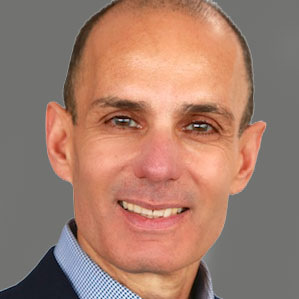It takes more than understanding change to achieve it
I was invited to help a large global service company transform its bureaucratic, siloed and slow culture into an agile, cohesive and innovative one. In order to learn about this company, I interviewed around thirty managers and employees at all levels.
They all pretty much told me the same things and highlighted the same issues, challenges, and obstacles that were getting in the way of greater performance and change.
They all acknowledged that the organization was too siloed, that managers were too focused on their own area and not enough on the greater success. They all pointed at trust, alignment and communication issues between functions and businesses that were causing tensions, conflicts and hurting effectiveness and costing opportunities and results.
These issues, challenges, and obstacles had been around for many years and everyone knew it. In fact, people frequently expressed frustration about them in around-the-cooler conversations. Everyone sincerely wanted to change them. However, all this didn’t translate to new behavior and change.
Why?
Because understanding and knowing doesn’t produce doing and changing.
I didn’t make this up. Look at our normal day-to-day life. For example, we know we should exercise, eat healthily, balance our personal and work life, not stress out about unimportant things. By golly, we even want to do better in all these areas and more, yet we still continue to do what isn’t working for us.
If you want to change your culture and team dynamics you have to go through a transformative process that is emotional, not merely intellectual. You have to follow three steps: Clear, Create, Commit.
Clear the old dynamics. This means engaging in a brave and honest conversation about what is working and more importantly what isn’t working between teams and levels. It has to be a collective conversation. You have to enable a safe environment for it, and people have to be allowed to communicate and be heard without judgment, arguments, push back and consequence. Just speaking, listening and being heard. You can think about this as emptying the glass.
Often, people have to communicate their frustrations and concerns and feel heard in order to get beyond them and move on to a new space.
Create and build new dynamics. When the glass is empty you can start filling it with new substance. In fact, you can only really create a new culture or team dynamic and sustain it, when you truly start from a clean slate. If you do the first step well it will enable that. In this step you have to engage in a collective team conversation focused on imagining and creating ideas and possibilities about how you could and want to operate as a team. Things like: (1) open, honest, authentic, courageous and effective conversations, (2) appearing everyone as one team with one voice, and (3) addressing all challenges in a win-win way. The possibilities you create should strike a healthy balance between being aspirational and realistic.
Commit to new behaviors, actions, and results. Committing stakes you to the new and better future state that you desire. When your team members promise each other to start behaving and interacting in a more transparent, candid and brave way it raises the collective bar and changes the expectations, interactions, and conversations within the team. It’s public, people can hold each other to account and no one can hide. If you stay the course and follow through on your commitments the new behavior and actions will start becoming the norm.
So, for a successful transformation of culture and team dynamics remember to clear, create & most importantly commit!





Leave a Reply
Want to join the discussion?Feel free to contribute!